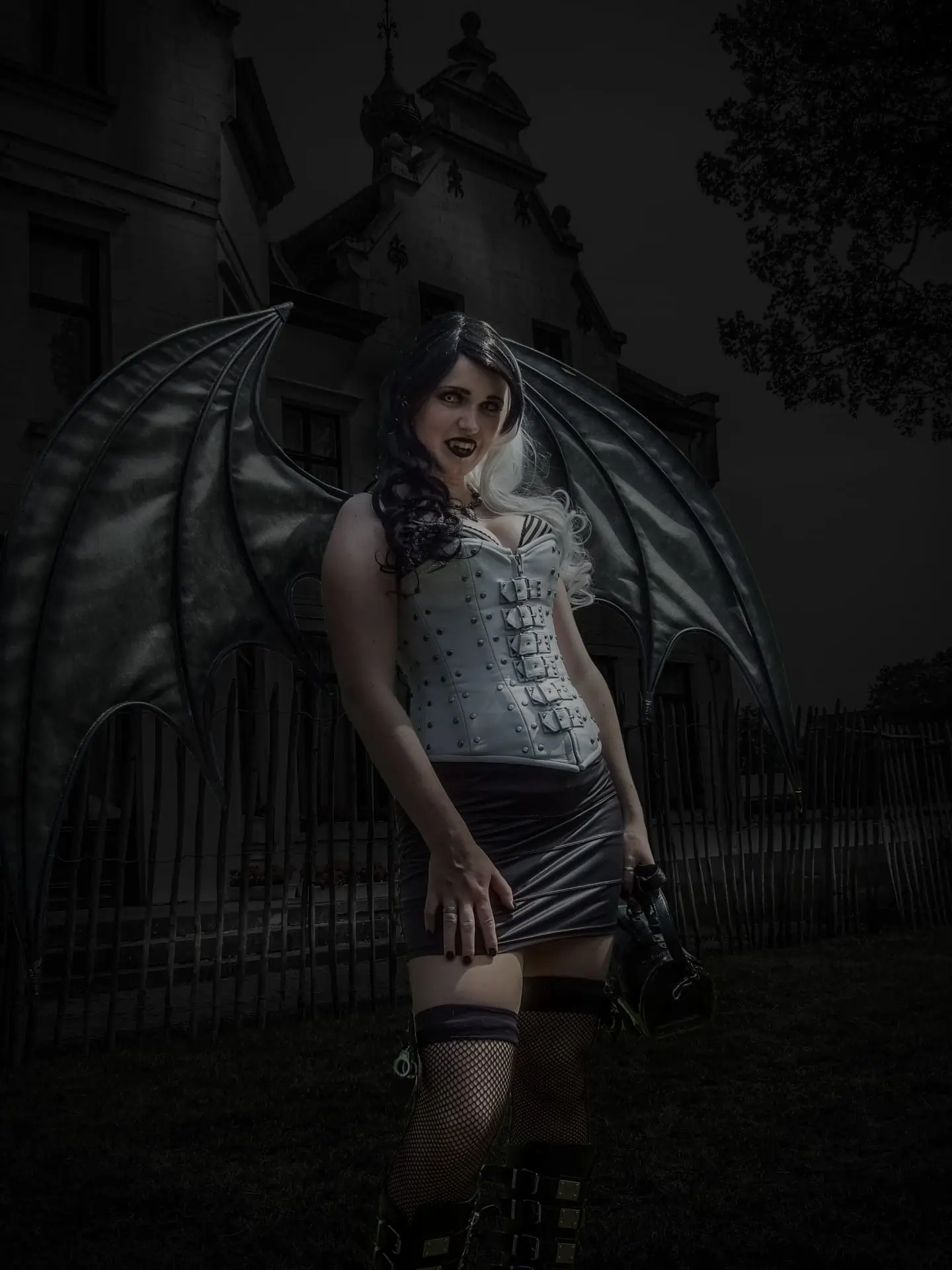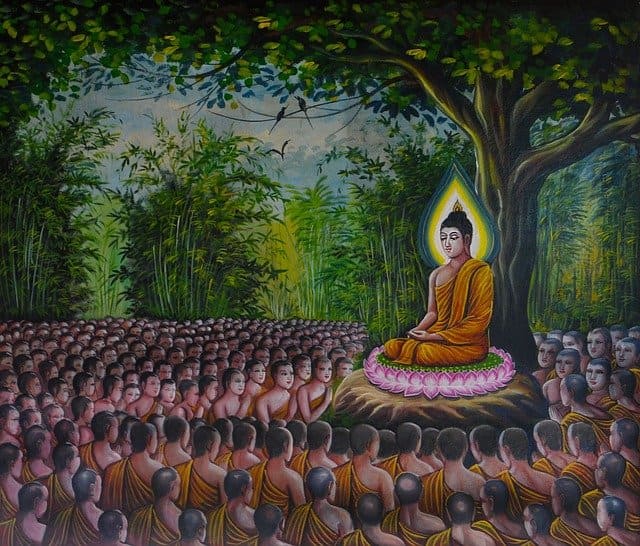
The Temple of All Religions, also known as the Universal Temple, is a unique architectural project located in Kazan, Russia. This complex brings together architectural elements and symbols from various world religions, embodying a vision of unity and peaceful coexistence among different faiths. Below is a detailed exploration of this fascinating site.
Historical Background and Origin of the Project
The Temple of All Religions was founded by Ildar Khanov, a Russian artist, architect, sculptor, and spiritual figure born in 1940. Khanov was known for his deep interest in the philosophies and spiritual practices of different cultures. In 1992, he began constructing this temple in his neighborhood in Kazan, the capital of the Republic of Tatarstan, a region itself known for the peaceful coexistence of Russian Orthodox Christians and Muslims.
Philosophy and Purpose
The primary purpose of the Temple of All Religions is to symbolize the unity and harmony among all the world's religions. Although the temple is not an active place of worship for any particular religion, it brings together architectural elements and symbols from numerous faiths, including Christianity, Islam, Buddhism, Judaism, Hinduism, and smaller, lesser-known religions. The concept is rooted in the idea that all religions share fundamental values of love, peace, and respect, and that their differences should be a source of mutual enrichment rather than conflict.
Architecture and Design
The Temple of All Religions is an eclectic complex composed of multiple domes, towers, and façades representing different religious traditions. For example, there is an Orthodox church with an onion-shaped dome, a mosque with a minaret, a Buddhist pagoda, a synagogue featuring the Star of David, and a Hindu temple with vibrant, colorful elements. The building also includes halls dedicated to music and art, reflecting the belief that these forms of expression are universal bridges between cultures.
The temple's construction was never fully completed, partly because Khanov viewed it as a continually evolving work. He often stated that the temple was a perpetual project, symbolizing the infinite spiritual development of humanity. The materials used in the construction are diverse, ranging from brick to ceramic tiles, with many artworks and sculptures created by Khanov himself.
The Temple as a Cultural and Dialogue Center
Although the Temple of All Religions is not a traditional place of worship, it has become a center for culture and interfaith dialogue. It attracts visitors from all walks of life—tourists, spiritual seekers, artists, and even religious representatives. The temple also hosts cultural events, concerts, art exhibitions, and philosophical discussions, all of which contribute to promoting tolerance and harmony among different peoples.
Ildar Khanov's Legacy
Ildar Khanov passed away in 2013, but his work continues under the supervision of his family and close collaborators. The temple remains an ongoing project, with efforts made to preserve and continue Khanov's work while respecting his wish to see the temple evolve over time. His vision of a world where all religions coexist peacefully remains at the heart of the temple's spirit.
Criticisms and Controversies
While the Temple of All Religions is widely celebrated for its message of peace and unity, it has also faced criticism. Some view it as an overly utopian or unrealistic project, while others believe that blending religious symbols so closely together could be disrespectful to certain traditions. Despite these concerns, the temple is largely seen as a unique artistic work and a powerful symbol of tolerance.
Sources
Sect / Religion - 2 septembre 2024 - Rael2012 -  - Voir l'historique
- Voir l'historique























